#hyundai
Rare Rides Icons: The History of Kia's Larger and Full-size Sedans (Part X)
As we return to the history of Kia’s large sedans, we find ourselves in the midst of the 2010s. When the full-size and rear-drive K900 was introduced for the 2015 model year, Kia’s front-drive comfort option, the K7 (Cadenza to you), was in the midst of its first generation. A replacement for the unloved and ugly Opirus (Amanti to North Americans), the K7 ushered in sophisticated but bland Euro-centric styling from Peter Schreyer upon its launch in 2010.
Cadenza didn’t make its way to the North American market until 2014, and debuted with slightly sharper styling and a nicer interior via a mid-cycle refresh. Kia took its time in bringing the Cadenza to the North American market, as they wanted to be sure they got it just right.
In the end, the first Cadenza fell between the soft rock of the Lexus ES and the hard place of the Nissan Maxima. Additionally, it lacked the prestige to compete with other large front-drive upmarket offerings of the time. The new cadenza lasted only three model years in North America, as Kia was ready for an all-new generation K7/Cadenza in 2017.
Rare Rides Icons: The History of Kia's Larger and Full-size Sedans (Part IX)
It’s time once again for more Kia large sedan goodness. Like last time, we pick up in the early 2010s. Kia’s second full-size sedan developed under Hyundai’s controllership was the K7, or Cadenza in all markets outside South Korea. Pitched as a value-priced premium front-drive car, it competed against the likes of the Toyota Avalon and Nissan Maxima, but lacked any defined comfort or sporty characteristics. Cadenza also had a bland corporate design courtesy of the company’s new Euro-like styling mission, and former VW designer Peter Schreyer.
Shortly after the Cadenza went on sale, Kia turned its sights toward an even larger sedan: A new rear-drive one to occupy the luxury space, a class above the Cadenza. It was the largest car Kia offered in nearly two decades, the first rear-drive Kia since the (Mazda Sentia) Kia Enterprise of 2002, and the first rear-drive sedan Kia ever sold in the North American market. It’s time for K9.
N Day: Hyundai Reveals N Vision 74 And RN22e, Ioniq 5 N Debuts In 2023
The 21st century has been particularly kind to the Hyundai Motor Company, though this was hardly a matter of chance. Originally known in the West for providing bargain automobiles that were surprisingly competent, it wasn’t long before the South Korean brand was giving Japanese mainstays stiff competition. By the early 2000s, Hyundai was working hard to differentiate itself from the recently acquired Kia and opted to make its products more luxurious and saw massive gains in the U.S. market that have more-or-less continued until today.
Hyundai Ioniq6 Revealed: Personalization Personified
Hyundai’s next EV is here, and the press release is persistent in its pushing of personalization.
Questionable alliteration aside, the Hyundai Ioniq 6 really does intrigue, at least on paper, and not just because of a bunch of buzzy marketing BS about how owners can use the car in ways that best fit their unique personalities.
Rare Rides Icons: The History of Kia's Larger and Full-size Sedans (Part VIII)
We return to Kia’s large sedan history today, at a point shortly after the launch of the K7. Kia’s full-size front-drive for the 2010s, the K7 was called Cadenza in all export markets, and was a successor to the unfortunately styled Opirus (Amanti in North America). Kia hired Peter Schreyer from his longtime employment at Volkswagen Group in order to usher in a new stylistic era at Kia.
Though it went on sale for the 2010 model year, Kia wasn’t quite ready to send the Cadenza to the North American market. With the market’s general rejection of the Amanti in mind, Kia called on Schreyer to refresh the Cadenza and lux it up before its North American launch.
Opinion: The Overstyling Of Hyundai/Kia Vehicles May Be Coming To A Head
I’ve seen the new Kia Sportage in person. I’ve also seen the new Hyundai Tucson up close. Both show the companies’ latest take in a series of outrageous designs that are meant to win over consumers.
2024 Hyundai Ioniq 6 EV Previewed
In 2020, Hyundai Motor Group unveiled the Prophecy concept EV which everyone immediately noticed had embraced an alternative, almost opposite, design language from the angular 45 concept. The latter model went on to serve as the blueprint for the Ioniq 5, whereas the Prophecy has morphed into the Ioniq 6 you see before you.
Rare Rides Icons: The History of Kia's Larger and Full-size Sedans (Part VII)
We return to Kia’s midsize-or-larger sedan history today in the latter portion of the 2000s. In our last entry, we learned about the Optima, which arrived as Kia’s first midsize developed under Hyundai’s majority ownership. Sensibly the Optima was a light rework of Hyundai’s Sonata, and the two shared almost everything (including very poor crash safety ratings).
On the more executive full-size side of the lineup, Kia’s Opirus was the first large car developed under Hyundai ownership. It shared a platform with the Grandeur (XG350 to you). While the Opirus saw okay sales in most markets, it failed in North America where it was sold as the Amanti. Very few North Americans wanted a $39,600 (adjusted) Kia, no matter how many luxury styling touches it borrowed from other brands. And so the Amanti was canceled after 2009 locally (2012 elsewhere). By that time its replacement was already on sale. Meet K7.
Rare Rides Icons: The History of Kia's Larger and Full-size Sedans (Part VI)
We return to the story of Kia’s midsize and larger sedans today, around the point when Kia found itself under the watchful eye of Hyundai. The larger South Korean company purchased a controlling stake in its competition in 1998, which meant big changes to Kia’s product almost immediately after.
The union led to the first full-size luxury sedan Kia developed from the ground up, the Opirus (Amanti to you). It turned out the Amanti was the derivative and rather ugly sedan few in North America desired, though it fared a bit better elsewhere. But by the time the Amanti arrived, Kia was already selling a new midsize that North Americans did want. Let’s talk Optima.
Refreshed Hyundai Venue Appears
Fans of vaguely crossover-ish subcompact vehicles from South Korea’s best-known automaker will be happy to learn the little Hyundai Venue is apparently receiving mid-cycle styling tweaks. Popping up on the company’s official website for its market in India and first noted this morning by the sleuths at CarScoops, the next Venue appears to be taking a few cues from its big brother, the Palisade.
Kia Rumored to End Stinger and K5 Production, Brand Says Nah
Following reports that the Hyundai Sonata may not be long for this world, there have been rumbling that the fate of the Kia Stinger and K5 sedan may also be in jeopardy.
The reasoning is obvious. After years of crossovers seeing an increased share of the global market, automakers have been dumping sedans so they can sell products that come with higher margins. A sizable percentage of the population has also been sold on the theory that higher-riding vehicles are automatically safer than their road-hugging counterparts. While that is endlessly debatable between models, there are aspects of crossovers that make real sense for the modern era. Storage capacity is typically better than what you’d find on a similarly sized sedan and the lengthened suspension travel can help the vehicle absorb the impact of pothole-laden streets that seem to be cropping up everywhere.
Rare Rides Icons: The History of Kia's Larger and Full-size Sedans (Part V)
In our last installment of Kia’s larger sedan history, we covered the midsize Credos. The Credos was an important first for Kia, as the first midsize the company produced where it had a bit of leeway with the design. Ultimately, the Credos hid its Mazda 626 bones decently well and did a good impersonation of a late Nineties Ford Contour after a refresh.
But just as Kia settled into Mazda platforms and designing their own sedans, the goalposts were moved courtesy of the 1997 Asian financial crisis. Kia was left without much money, and few options. We pick up there.
Hyundai Recalls Accents, Elantras Due to Seatbelt Pretensioner Problems
Hyundai has widened a recall for so-called ‘exploding seatbelts’ to 239,000 vehicles. Model-year 2019-2022 Accents and 2021-2023 Elantras are the targets of the recall.
Report: Hyundai Sonata is On the Way Out
The Hyundai Sonata, the venerable mid-sized sedan from South Korea, may be nearing the end of its production run soon.
2022 Hyundai Santa Cruz Review - Style Over Utility
Those of us with memories longer than a goldfish can think back all the way back to last year and remember the hype surrounding the Hyundai Santa Cruz. A hype train that quickly derailed when Ford’s Maverick launched just a few months later and proved itself better at doing “truck things” than the Santa Cruz.
Thing is, as great as the Maverick is, the Santa Cruz is still a pretty cool little trucklet – if you understand its limits.



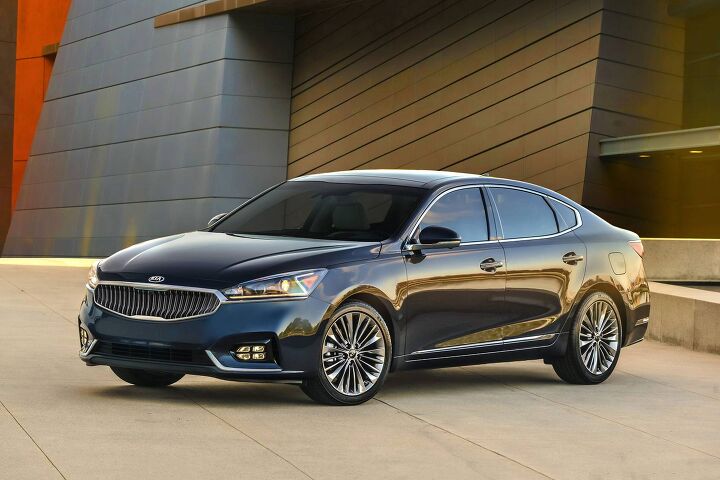

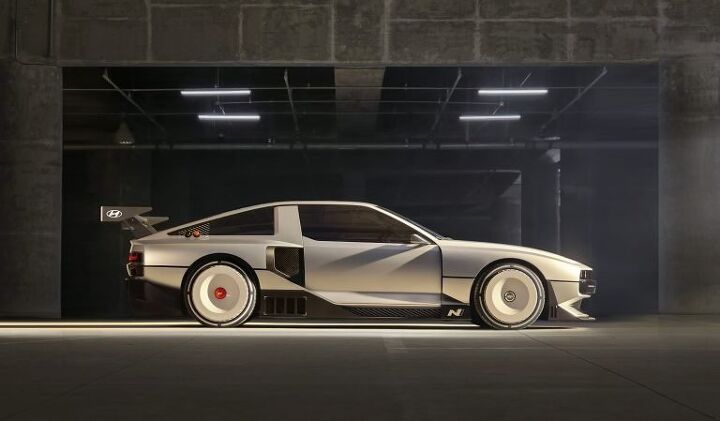

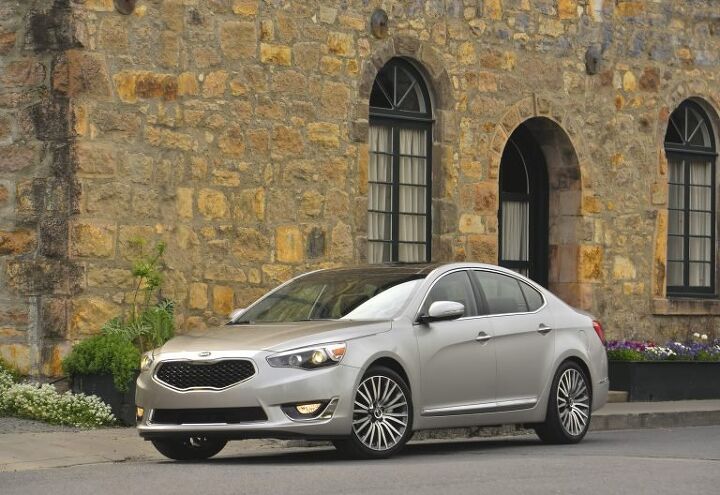

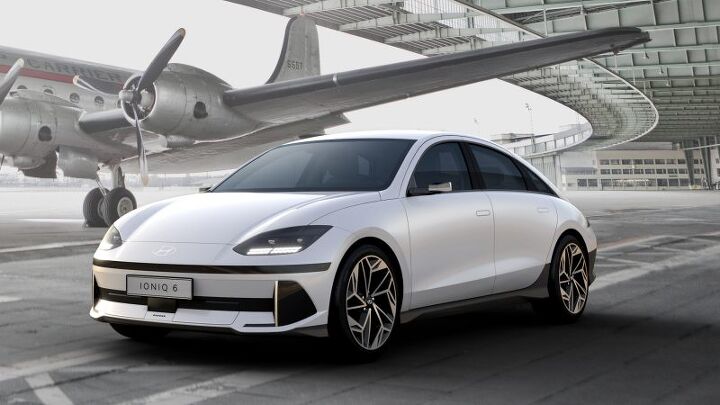


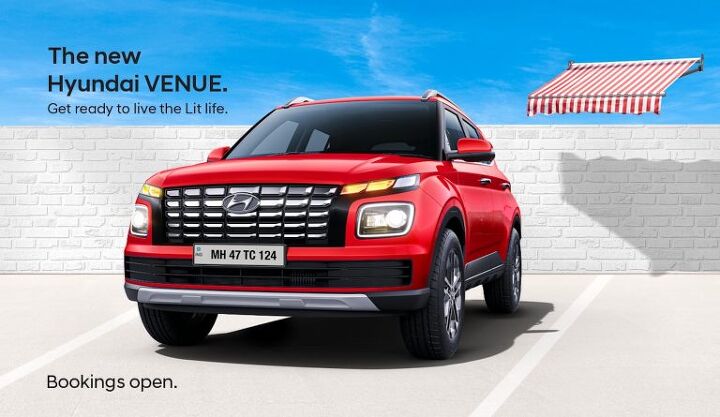

















Recent Comments